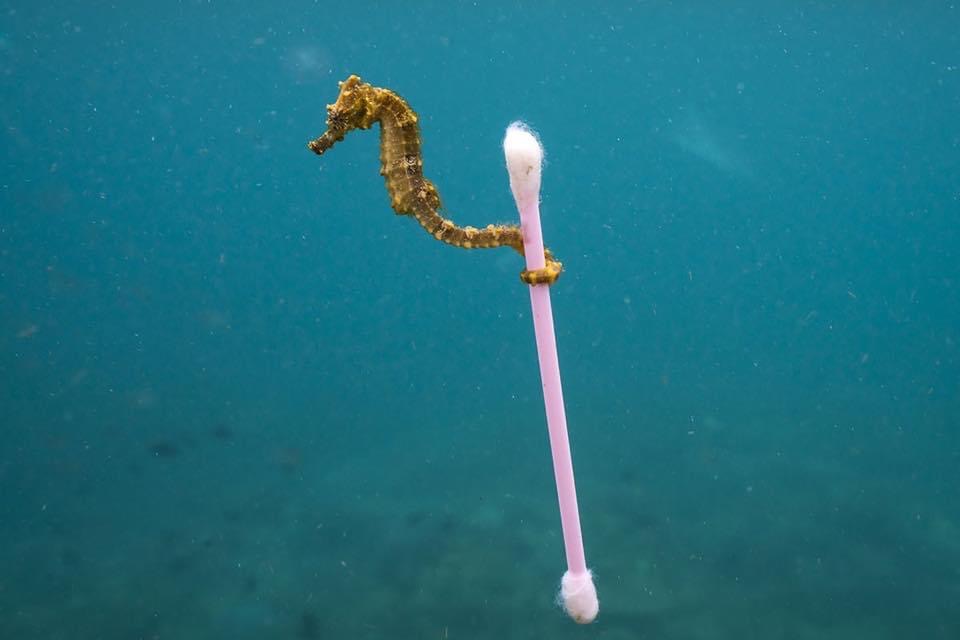White's Seahorse
- dldragon28
- Sep 2, 2020
- 1 min read
Today I will be talking about the White’s Seahorse, also know as the New Holland seahorse or Sydney seahorse. Fun fact, their latin name is Hippocampus whitei and hippocampus translates to “horse caterpillar.” They are thought to be endemic to the Southwest Pacific from Sydney, New South Wales, and southern Queensland to the Solomon Islands. They live in shallow coastal habitats among seagrass beds, sponges, kelp, algae and corals where they eat small creatures like mysids, copepods, and shrimp. They have been observed living in artificially made habitats, which is believed to be driven by the continued loss of their natural habitat which is contributing to their population diminishing, as they are currently listed as an endangered species. Due to their specific habitat preferences any disturbance, whether from coastal development, pollution, or boat anchoring, significantly impacts their population. Also for seahorses in general, they require very specific conditions to live in. Characteristic for all seahorse species, the males hold the eggs as they develop and then give “birth” to live young. They hold them for about 3 weeks and can release as many as 150 babies. They are not cared for by their parents and will grow up independently.
Originally posted on 3 February 2019
(not my pictures)
Last picture is not of a White's Seahorse, but when you buy q-tips at the store, make sure they are the paper ones, rather than the plastic ones like the one shown. And if you think you can, try to stop using them overall!










Comments